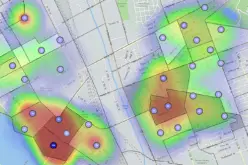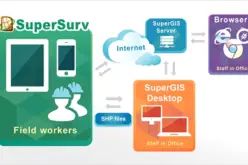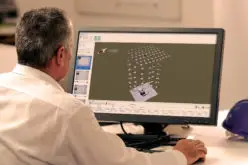Phoenix LiDAR Unveils LiDAR Mill, the First Cloud-Based Post-Processing Platform
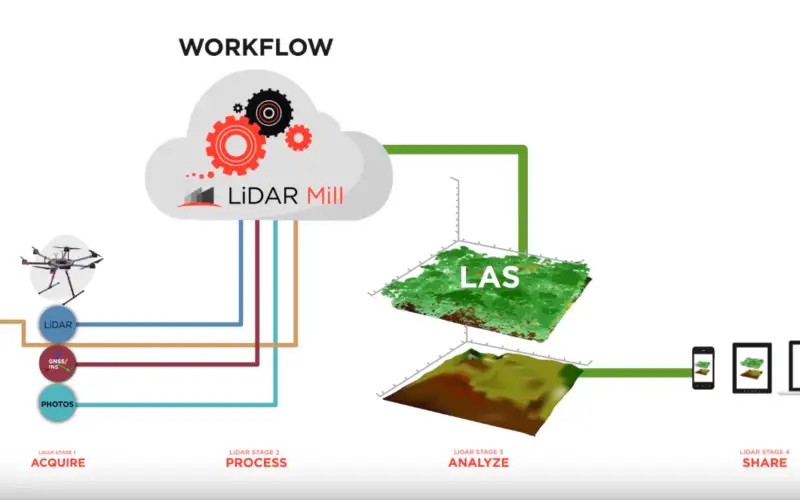
Cloud-based LiDAR platform automates trajectory processing, making the technology more affordable and accessible
LOS ANGELES, CA (PRWEB) OCTOBER 26, 2017 – Addressing a major opportunity in the LiDAR industry, Phoenix LiDAR Systems has announced its LiDAR Mill platform, the first cloud-based, fully automated LiDAR post-processing tool. Historically, the large quantities of raw data generated by laser-based mapping systems has made processing a resource-intensive and sometimes cost prohibitive factor for many organizations. With LiDAR Mill, users can now upload raw mapping data directly to the cloud service and download processed data files in the industry-standard LAS format, with significant time and cost savings.
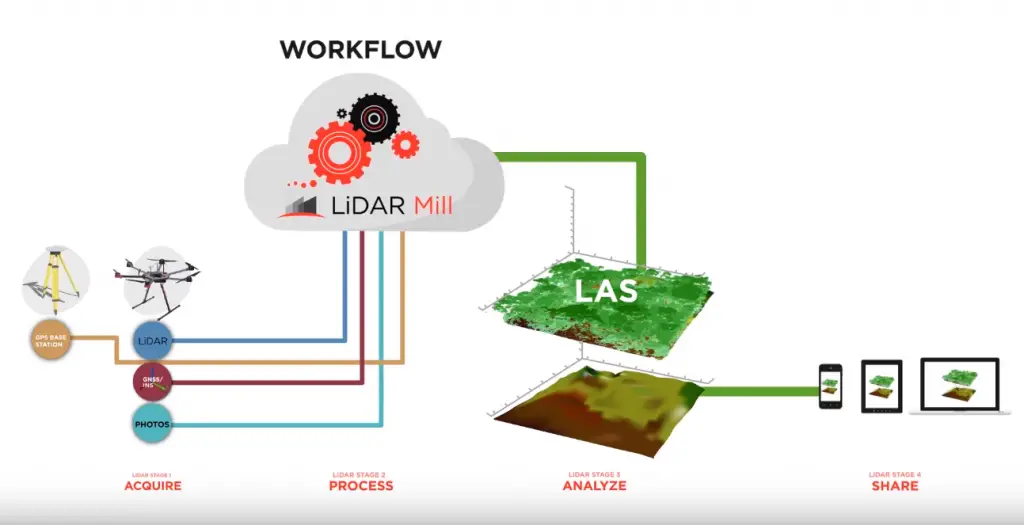
Phoenix LiDAR Mill Post Processing Platform WorkflowPhoenix LiDAR Mill Post Processing Platform Workflow
The LiDAR Mill platform breaks the formerly manual and highly technical post-processing procedure into three automated steps, or “pipelines.” The first, christened as the NavLab Pipeline, is a trajectory module that processes inertial and GNSS (Global Navigation Satellite System) data in forward and reverse several times to achieve the greatest possible accuracy. This trajectory is then fused with 3-dimensional XYZ LiDAR data to create an unfiltered LAS file, which can be further refined through other processing algorithm pipelines, like flight line matching, filtering, and more. The final product is a calibrated and “de-noised” point cloud with basic “ground/non-ground” classification. LiDAR Mill users can then download their data for further processing, or simply forward it to customers as a final deliverable.
As LiDAR technology becomes increasingly affordable, organizations seeking to conduct surveying or mapping operations can further take advantage of customizable solutions within the LiDAR Mill platform. The NavLab Pipeline, for example, can be used as a stand-alone module just for trajectory processing, or as the starting point for additional pipelines, like planimetrics, advanced classification, DTM (Digital Terrain Model) creation, and more.
“We’re excited to launch LiDAR Mill because it fills that gap in the UAV LiDAR mapping puzzle,” says CEO Grayson Omans, “it makes post-processing faster and affordable so that more organizations can use it.”
The use of LiDAR for mapping and surveying has long been a preferred method for teams in mining, utilities, forestry, and more. As the industry grows and hardware becomes more affordable, LiDAR Mill further drives down costs by automating post-processing and leveraging cloud computing. Phoenix LiDAR’s new platform enables even more companies to take advantage of the detailed 3D data LiDAR offers.
Try LiDAR Mill for free!
Go to http://www.phoenixlidar.com/lidarmill
or visit them at the Commercial UAV Expo in Las Vegas, booth 700 (Oct 24-26).
>###
Phoenix LiDAR Systems is an industry leader in building compact, survey-grade laser mapping and photogrammetry solutions, as well as cloud-based, automated data post-processing, enabling clients to collect detailed, 3D topographic information for a wide range of commercial and research applications, including engineering, construction, mining, and more. For more information, visit http://www.PhoenixLiDAR.com.
Contact:
Vu Mark Nguyen
Director of Marketing
vu(at)phoenixlidar(dot)com



